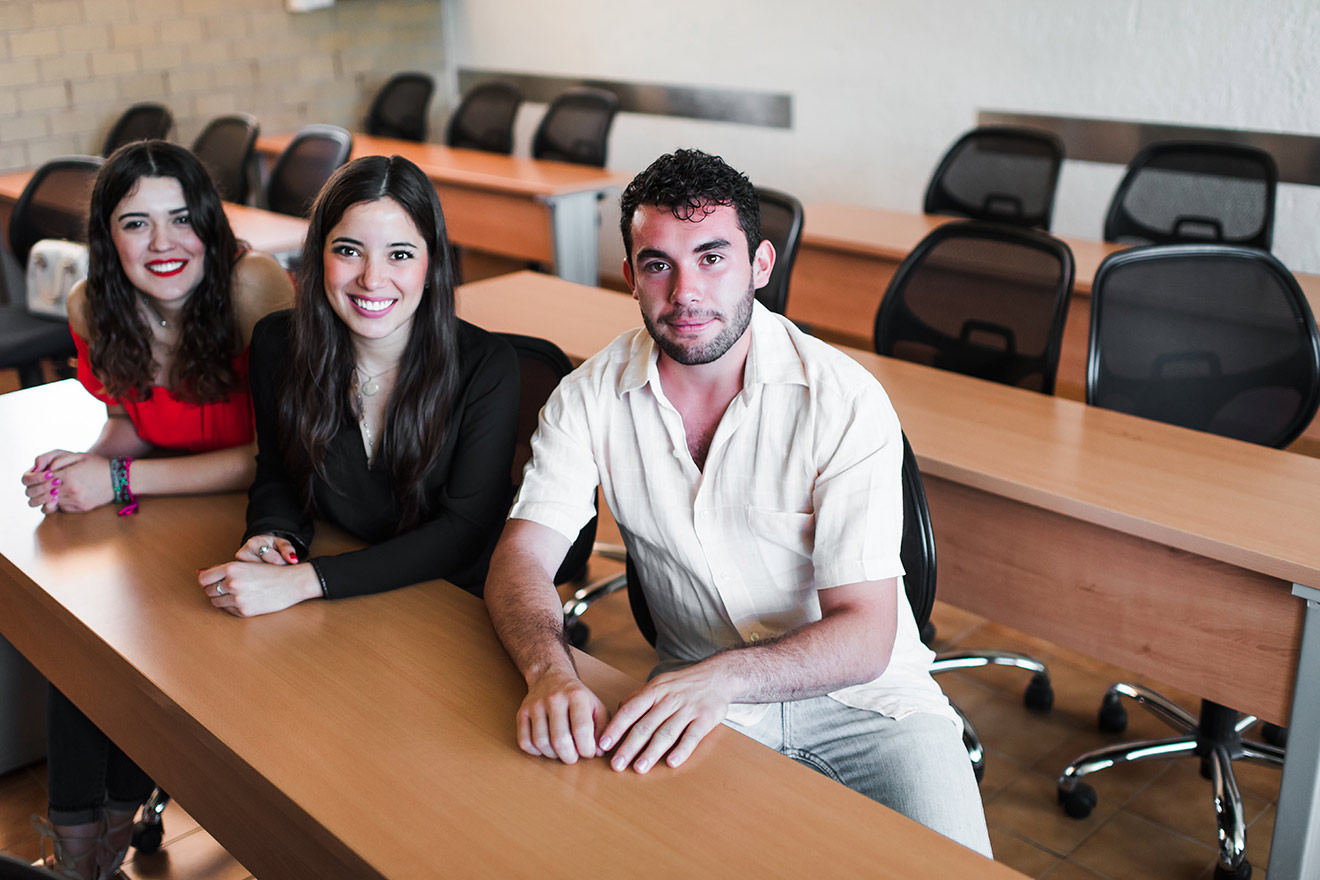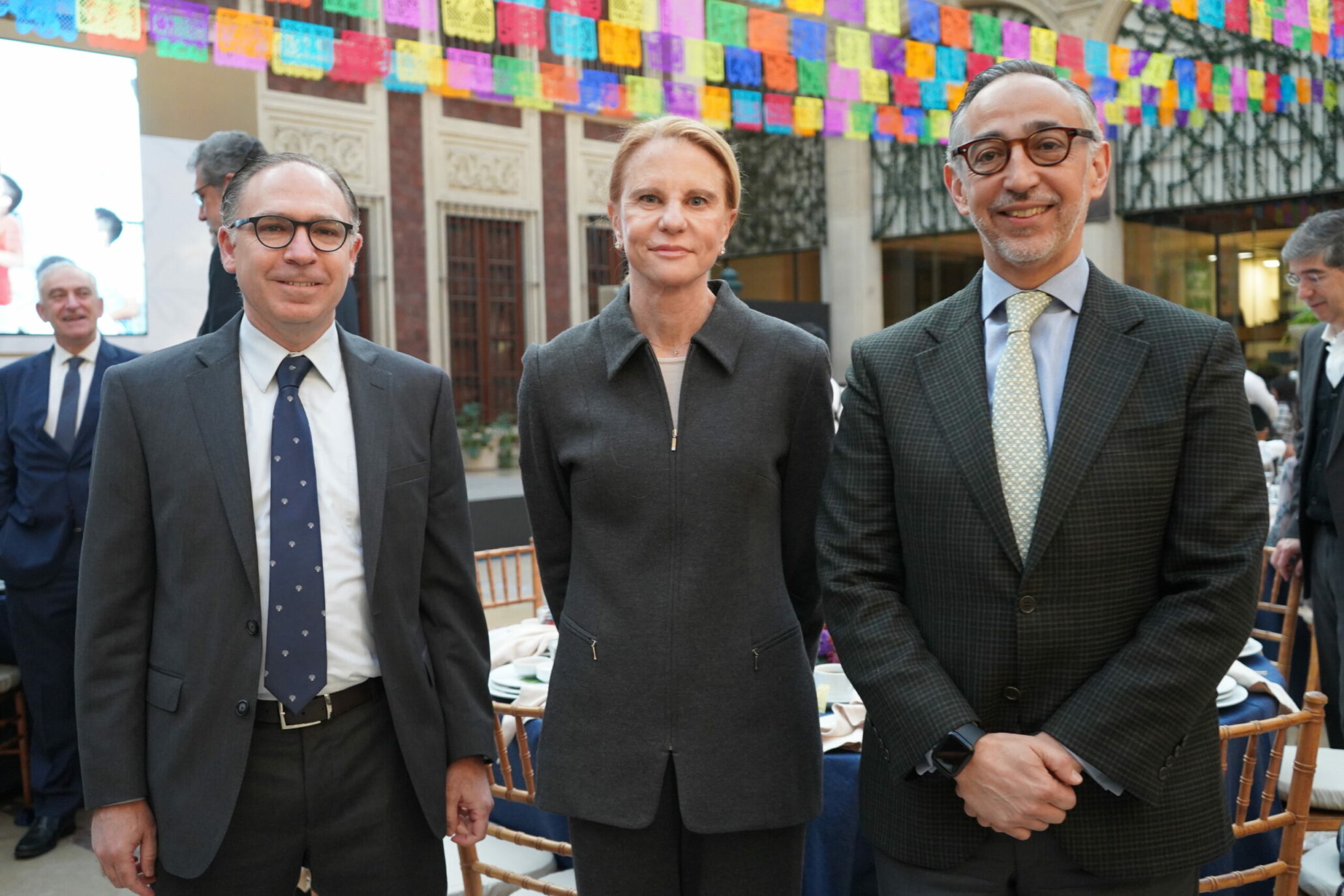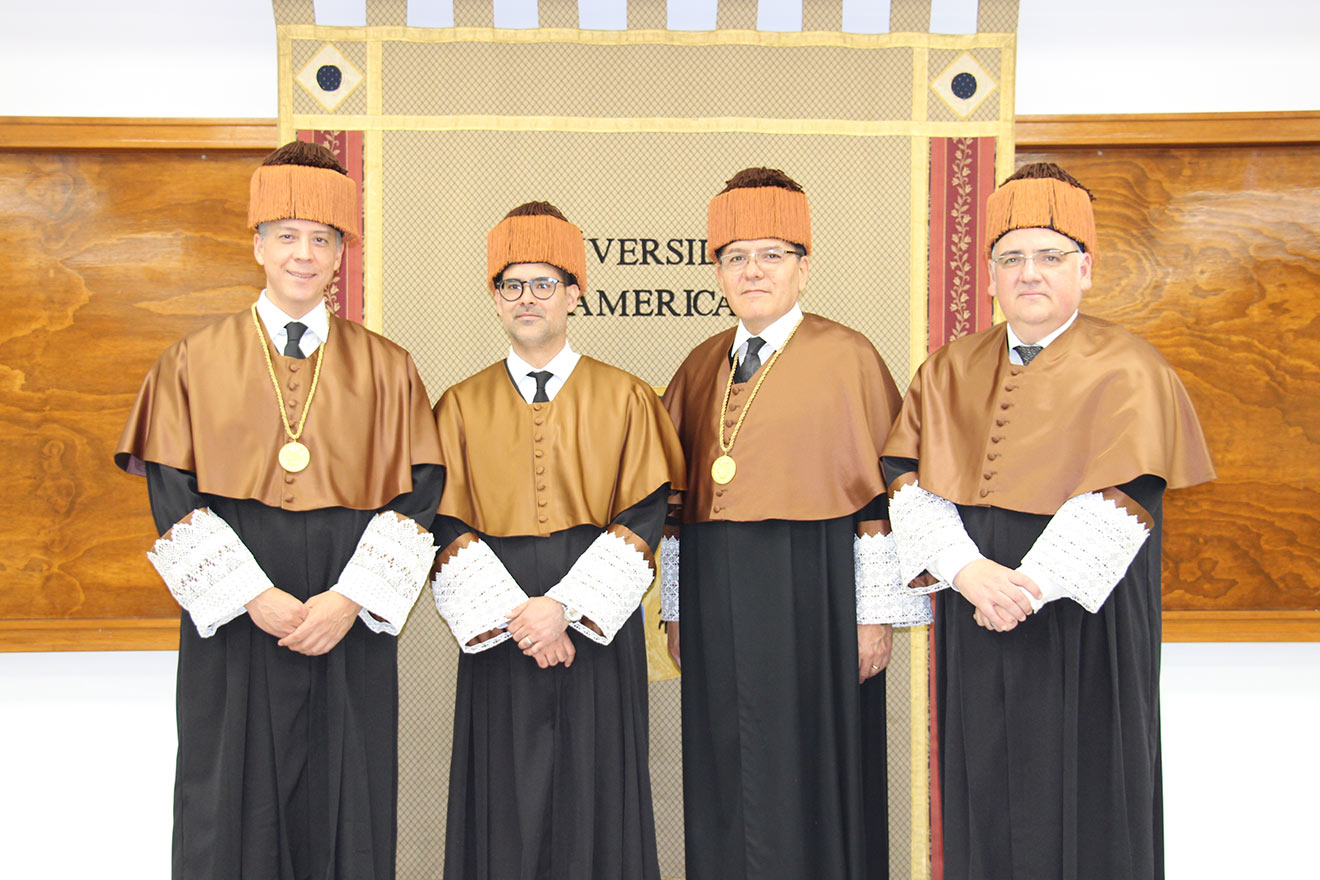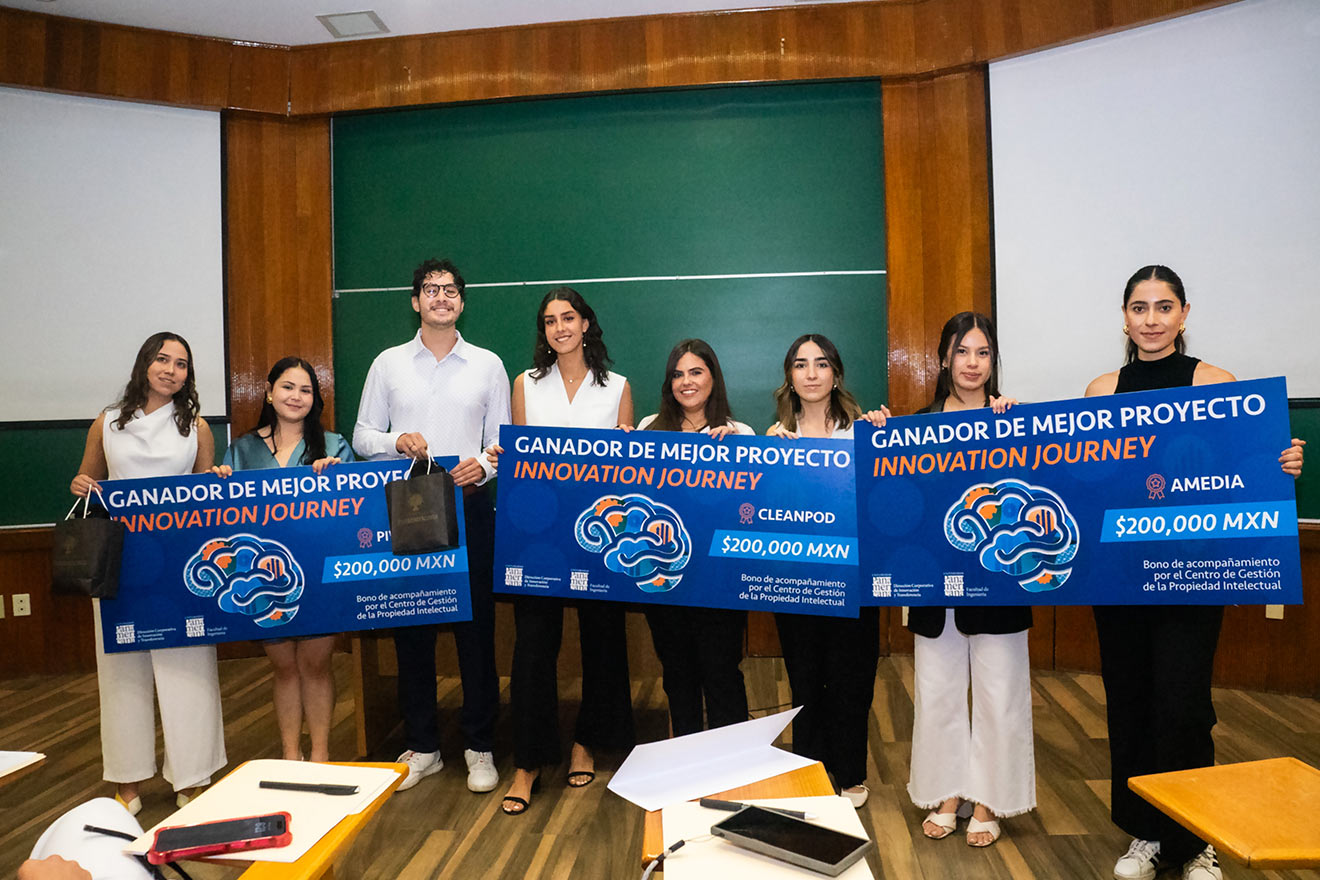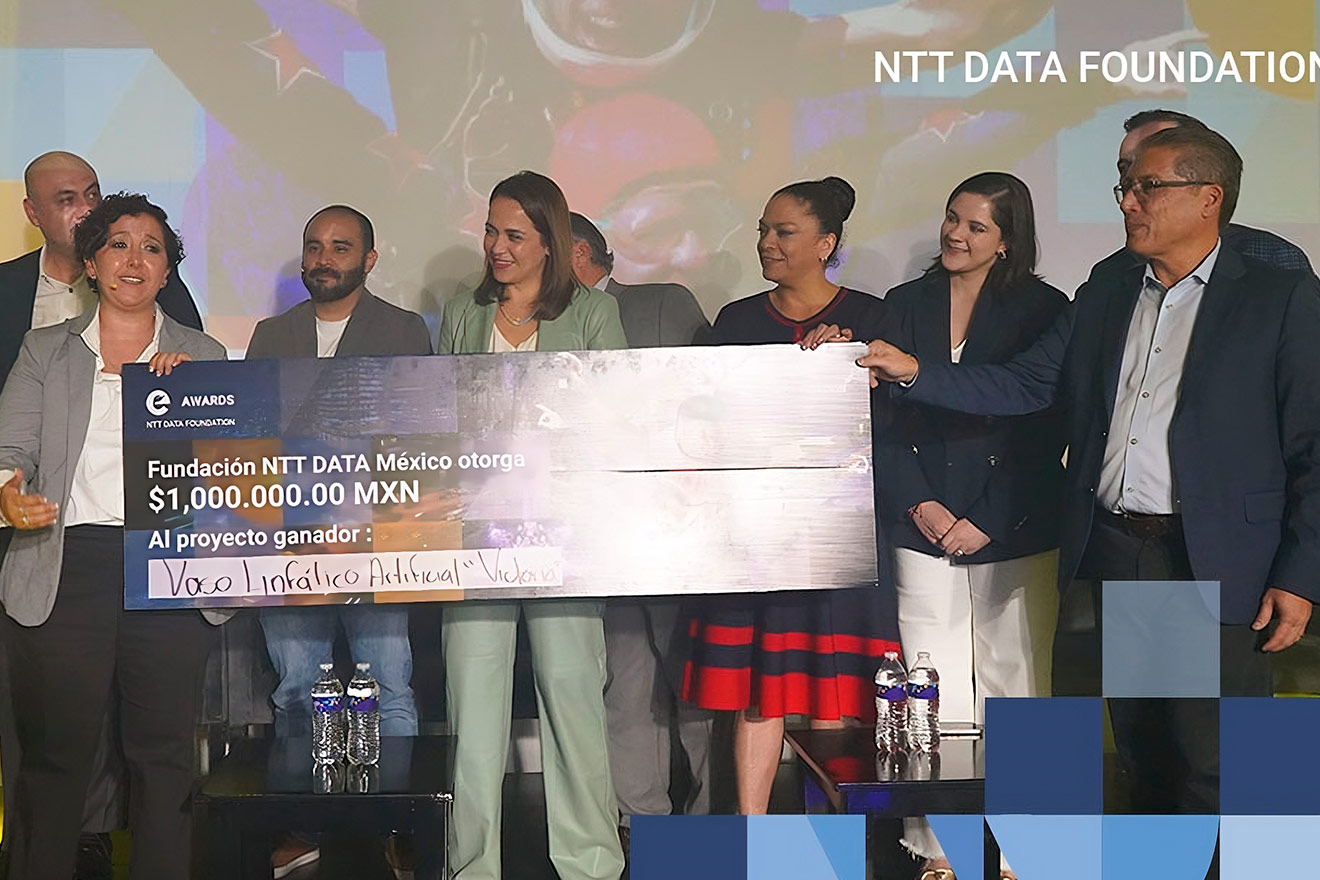Mexico City, October 2, 2024.- The rise of streaming platforms has changed the way we consume audiovisual content, but it has also raised concerns among parents about their children’s access to inappropriate content. Professor Cecilia Sada Garibay, scholar at the School of Communication for Universidad Panamericana, has addressed this issue in her most recent research, focused on the use of parental control tools in video on demand (SVoD) services, such as Netflix, Amazon Prime Video and Claro Video in Mexico.
The study, conducted in collaboration with Dr. Matthew A. Lapierre from the University of Arizona, focuses on how and why parents use these tools. The research highlights the increasing use of streaming platforms in Mexico, as well as parental concerns about the risks related to the content consumed by children in elementary school.

The origin of the research
The idea to explore this subject came from Professor Sada’s daily interactions with parents. “Informal conversations with parents of my children’s friends, who went to elementary school at the time, revealed their concern about streaming services and the content their children were watching,” she states.
Parents, aware that Professor Sada studies the effects of media, shared their concerns and sought their opinion on strategies they could implement to regulate the use of platforms such as Netflix and Amazon Prime Video.
This concern motivated the researcher to further study the use of technical restraint tools in Mexico, a country where access to these services has grown exponentially in recent years.
“The study focuses on parents of elementary school children because at that age, they already have enough independence to turn on the TV, browse a platform and choose a program or movie, but they are still in the process of developing criteria on what content is appropriate,” she explains.
Perception of risk and parental involvement
One of the most relevant findings of the study was the critical role that risk perception and parental involvement play in the use of technical control tools. “The results indicate that parents who perceive greater risks in streaming services are more likely to be actively involved in their children’s use of these platforms, and to be more aware of the parental control tools available,” she adds.
However, these results were only found for Netflix and Amazon Prime Video, not for Claro Video, a service that many families get as part of a telephony package, which is secondary among their entertainment options.

Challenges for parents and service providers
One of the key aspects of the research is the connection between parental knowledge of parental control tools and their use. Although the study did not directly measure the effectiveness of the restrictions, Professor Sada stresses the fact that knowledge is essential for good implementation: “The more informed parents are about how the platforms work and what control tools they offer, the better they will be able to make decisions to ensure a safe experience for their children,” she says.
According to Professor Sada, it is essential that streaming service providers improve the accessibility and ease of use of these tools. “I think it is important that providers offer clearer and more accessible information about parental control tools, and that parents can set them up directly from their TV without having to resort to other devices,” she proposes.
Areas for future research
While the research of Professor Sada is centered on streaming services, she highlights the need to also explore how parents choose to apply or not to apply parental mediation strategies in different contexts.
“It is important to understand how parental mediation varies according to circumstances, for instance, when the family is at home or at a restaurant, or when parents are tired rather than rested. This is an understudied area that could offer valuable insights to help parents manage their children’s media,” she concludes.

A call to action
The study by Professor Cecilia Sada Garibay not only reveals the concerns parents face in a growing digital environment, but also offers tools and recommendations so they can exercise greater control over what their children see.
Their research is a call to action for both parents and streaming service providers to take a more active role in protecting minors, ensuring that new technologies are used in a safe and responsible manner.
This line of research opens possibilities to future studies that could delve deeper into the connection between digital content consumption and children’s cognitive development, providing a more complete picture of how to face all the challenges of the digital world.
Researcher’s data:
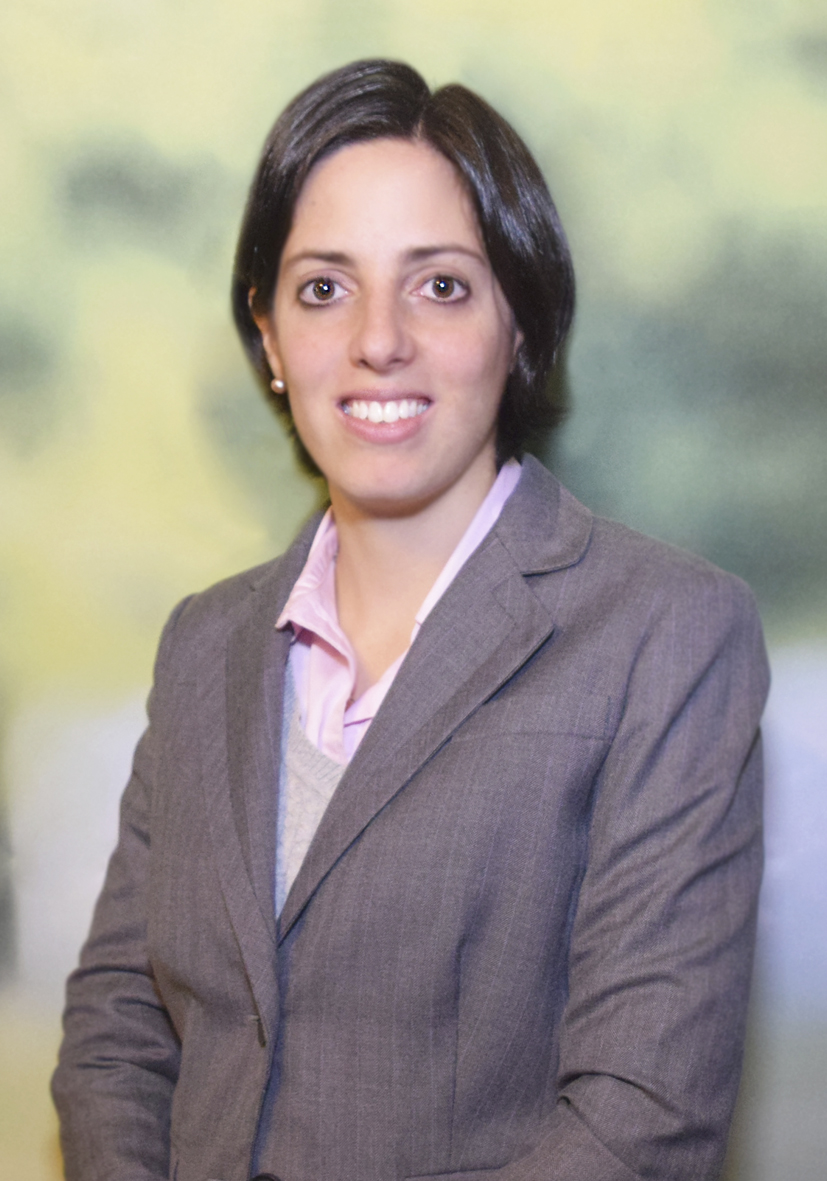
Professor Cecilia Sada Garibay, scholar at the School of Communication with Universidad Panamericana.
Read more about her research here.
Learn more about Universidad Panamericana’s researchers at: https://www.up.edu.mx/investigadores-panamericana/




